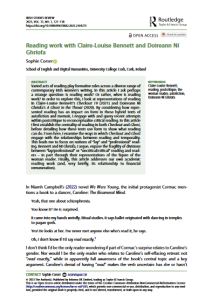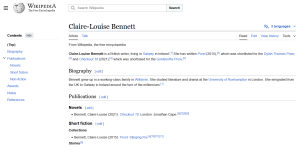Types of Information Sources
Primary, Secondary and Tertiary Sources
Another information category is called publication mode and has to do with whether the information is
- Firsthand information (information in its original form, not translated or published in another form).
- Secondhand information (a restatement, analysis, or interpretation of original information).
- Third-hand information (a summary or repackaging of original information, often based on secondary information that has been published).
The three labels for information sources in this category are, respectively, primary sources, secondary sources, and tertiary sources. Here are examples to illustrate the first- handedness, second-handedness, and third-handedness of information:
Primary Source:

Secondary Source:

Tertiary Source:

When you make distinctions between primary, secondary, and tertiary sources, you are relating the information itself to the context in which it was created. Understanding that relationship is an important skill that you’ll need in college, as well as in the workplace. Noting the relationship between creation and context helps us understand the “big picture” in which information operates and helps us figure out which information we can depend on. That’s a big part of thinking critically.
Check out the Ohio State University Quiz on Sourcing for an activity to assess your knowledge!

